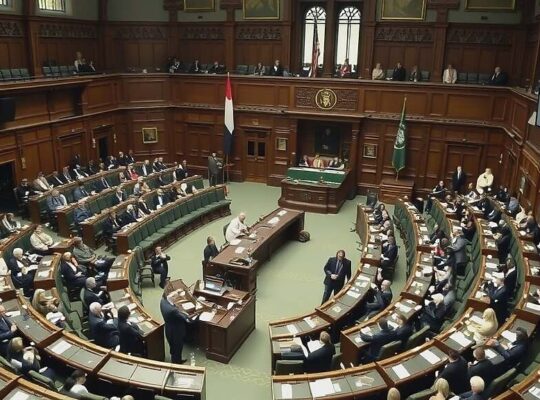Germany’s inflation rate remains stubbornly persistent in November, preliminary data released Friday by the Federal Statistical Office (Destatis) indicates. The rate is projected to hold steady at 2.3 percent, mirroring the figure recorded in October and signaling a prolonged period of economic pressure for German consumers.
While consumer prices are expected to decrease by a marginal 0.2 percent compared to the previous month, the underlying dynamics reveal a complex and concerning picture. Energy prices saw a slight year-on-year decline of 0.1 percent, offering minimal relief against the broader inflationary trend. Food prices, however, continued to rise, increasing by 1.2 percent, further eroding household purchasing power.
Crucially, the primary drivers of inflation remain deeply embedded within the service sector. Prices for services jumped by a significant 3.5 percent, highlighting structural issues within the German economy and potentially reflecting wage pressures and a lack of productivity growth. This upward pressure on services is a key area of concern for policymakers, signifying that simply reducing energy costs will not be sufficient to curb inflation.
The “core inflation” rate – excluding food and energy – is anticipated to be even higher at 2.7 percent. This metric is frequently watched by economists and central bankers as a more accurate reflection of underlying inflationary trends. A rate above 2.7 percent would suggest persistent inflationary forces are still at play, complicating the European Central Bank’s (ECB) efforts to maintain price stability.
The release of these preliminary figures is likely to renew scrutiny on the effectiveness of government policies aimed at mitigating the cost-of-living crisis. While measures have been implemented to provide temporary relief, the continued persistence of inflation raises critical questions about the long-term sustainability of these strategies and the need for deeper structural reforms. The final, definitive figures, due to be published mid-December – with anticipated minimal deviation from the preliminary estimates – will be closely analyzed for further clues regarding the trajectory of the German economy and the policy responses required to navigate these challenging times.












